CHRISTINE HELLYAR, born 1947 New Plymouth
Hellyar graduated Diploma of Fine Arts (Hons) from Elam School of Fine Arts, University of Auckland, in 1969. She taught at Elam from 1981 to 1996, during which time she was awarded the first Adam Award for her significant contribution to New Zealand art, leaving there to work full time in her studio. Common themes in her work include her love of the natural environment and people’s interaction with it, and a challenging of traditionally stereotypical gender roles, such as those of hunter/gatherer. She is an avid drawer of bush flora which provides her with a vast source of visual inspiration, and her work is usually site-specific.
In 1968 Hellyar was the first New Zealand artist to cast in latex rubber, a medium able to replicate perfectly the texture of the original object. She has since cast objects from nature – leaves, pine cones, branches, etc. – in various states from perfection to decay, but has also worked with a diverse range of other materials, including bronze and iron for life-casting, clay, fabric, plaster, flax, grasses and found materials.
During the late 1970s, Hellyar’s work became more symbolic as she began using found objects, particularly from beaches. In the early 1980s, she focused on the idea of the home or nest as both haven and trap, and explored the concept of ‘shelter’. Her subsequent ‘Thought Cupboards’ were comprised of found objects which she sorted and presented in domestic shelving or storage units, to provoke questions about social mores, gender stereotypes and other intellectual premises. Using latex rubber again in her ‘Pacific Food Aprons’ of the mid-1980s she cast vegetables or meat to suggest body parts and, with some ambiguity, the apron-wearer’s function and gender.
Hellyar returned to working in bronze in the 1990s, creating tall, bronze garden sculptures of native plant stems and flowers, and large vessels such as vases with cast flora around their rims. The apron was a concept to which she returned in 2002, with a series of fabric aprons with their pockets filled with dried grasses, lichens and woven twine or rope. Her 2003 exhibition with Maureen Lander stemmed from speculation that Captain James Cook’s wife, Elizabeth, may have learned weaving and other skills from Maori during her time in New Zealand.
In 2003, Hellyar was one of the first three artists to be given a Wild Creations Art Residency (a joint venture between DOC and Creative NZ). She spent six weeks up Mt Taranaki and work from that period was exhibited in 2004 at Milford, the Hawke’s Bay Cultural Trust Gallery in Napier and Puke Ariki, in New Plymouth. Another residency followed in 2005 – at the Tylee Cottage in Whanganui. In 2005, ‘Hodges’ Waterfalls’ was exhibited at the Hocken Art Gallery, University of Otago, Dunedin, and in 2005-6 ‘Cook’s Gardens’ was shown at the Sarjeant Art Gallery, Wanganui, Te Tuhi, Auckland and Adam Gallery, University of Victoria. In 2009, Hellyar won the McConnell Properties Stoneleigh Sculpture Award.
Hellyar is an active member of ‘Outdoor Sculpture 2001’ which installed eight new permanent sculptures in the Auckland Domain in celebration of the new millenium. For more info, go to Artist Website.
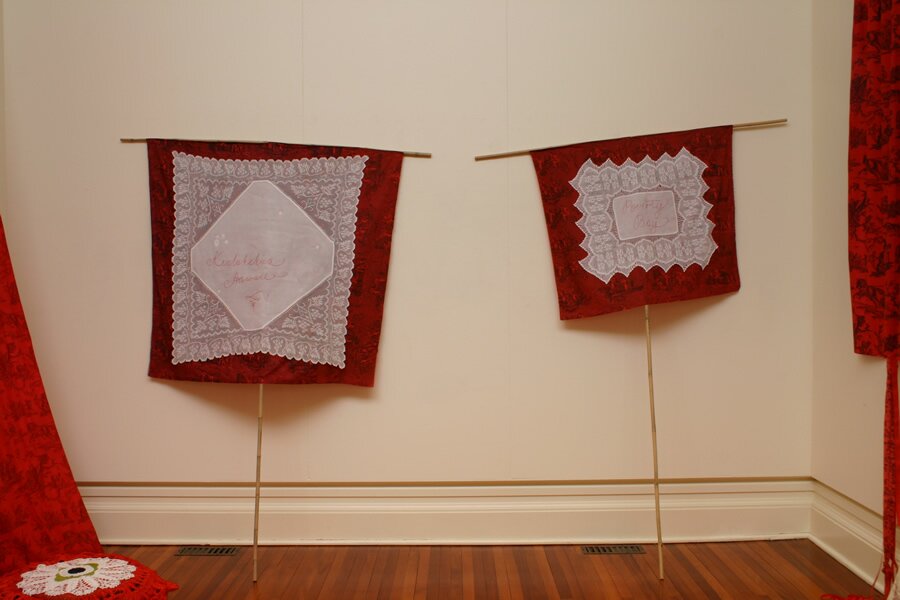
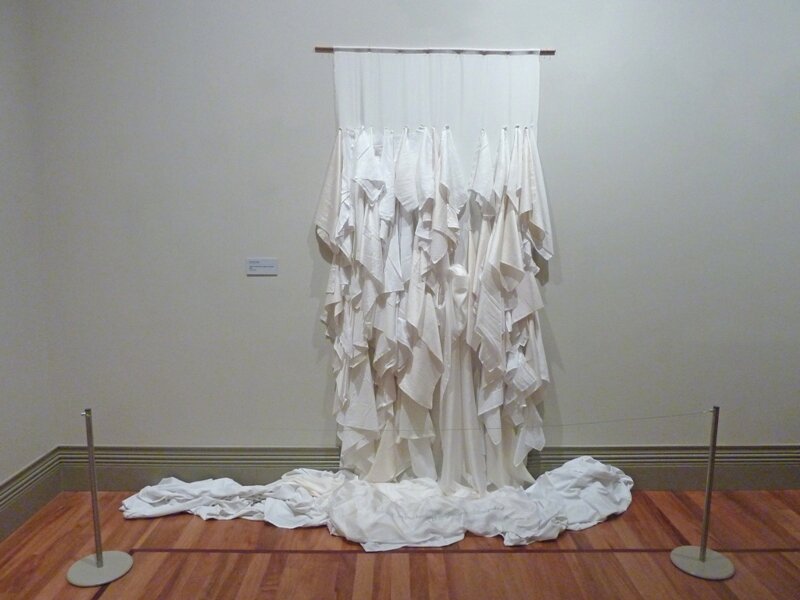

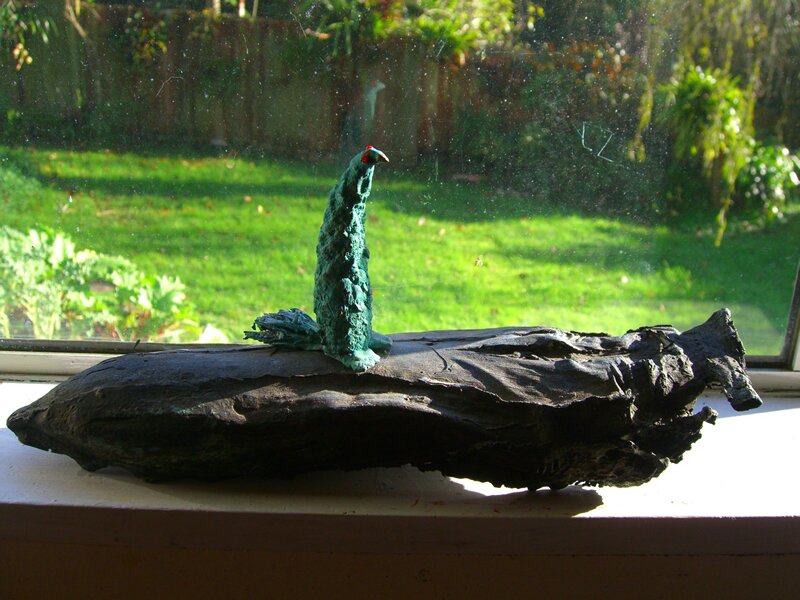

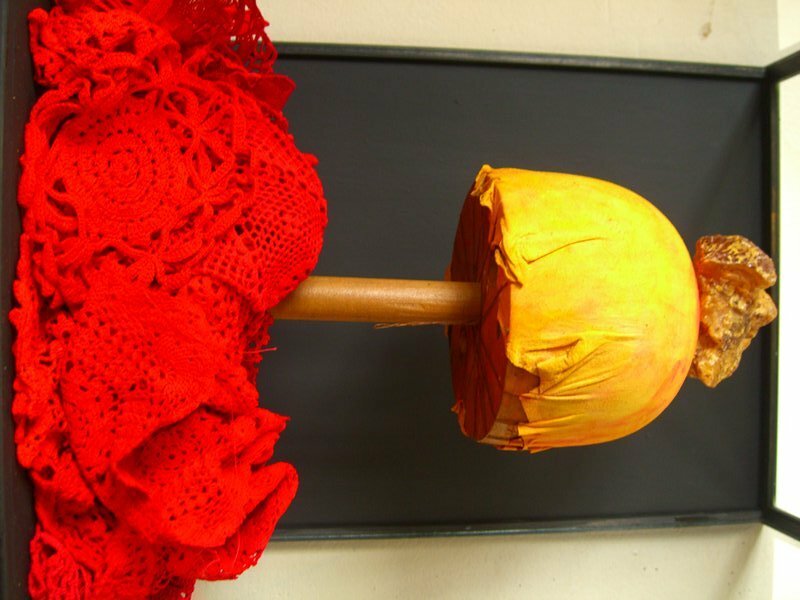
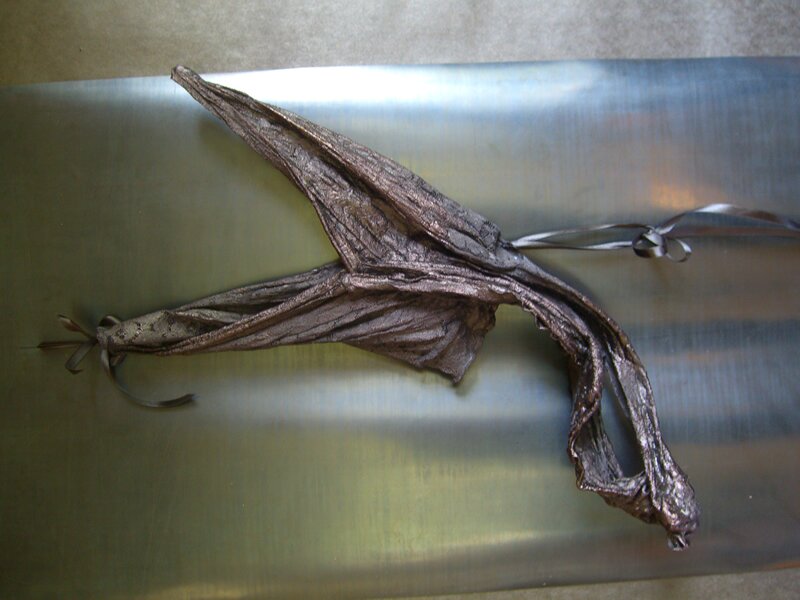
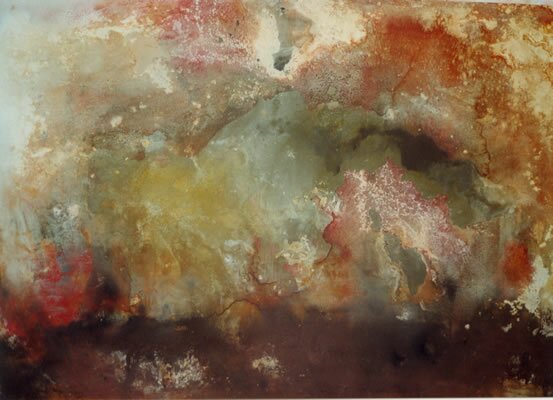
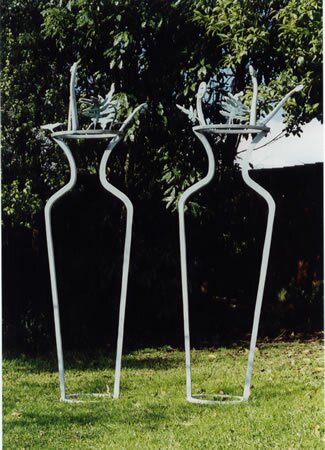
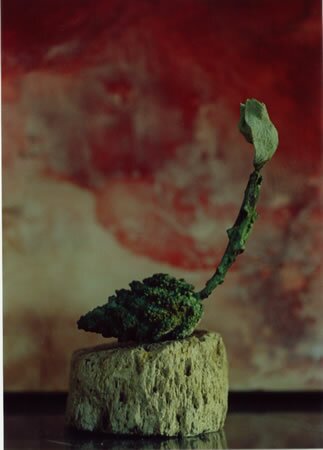
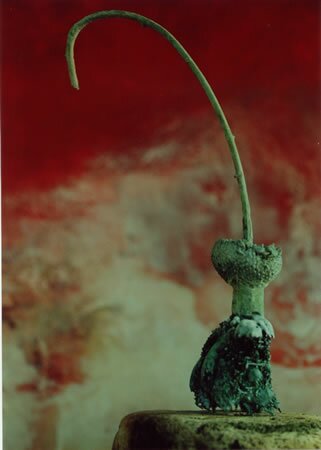
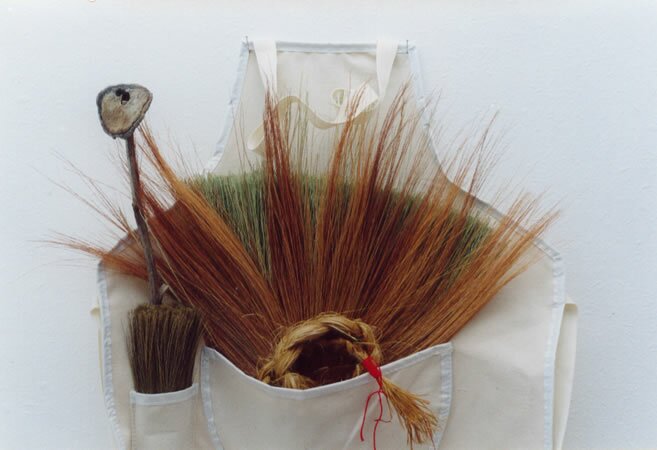
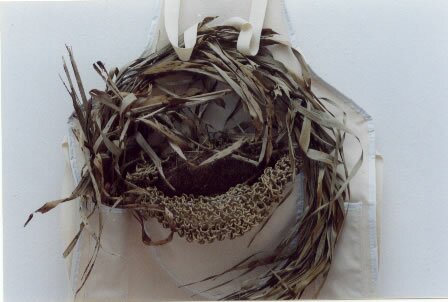
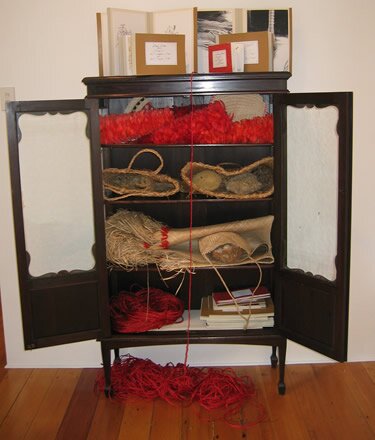


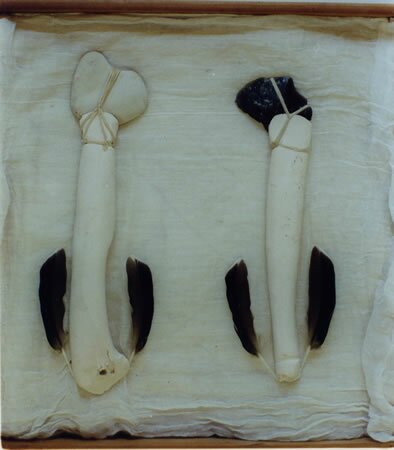
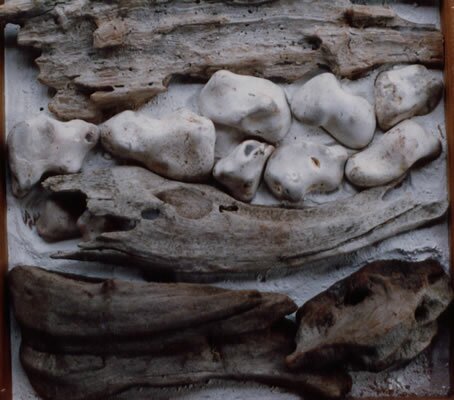
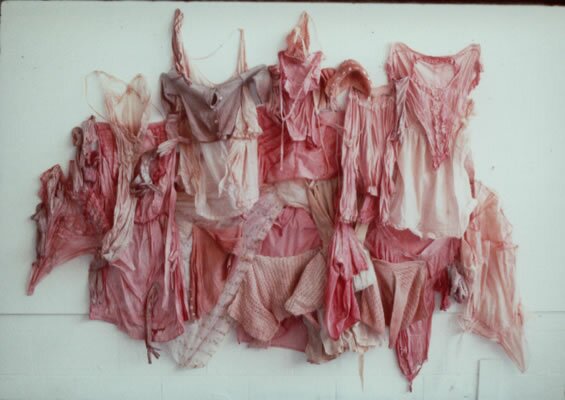
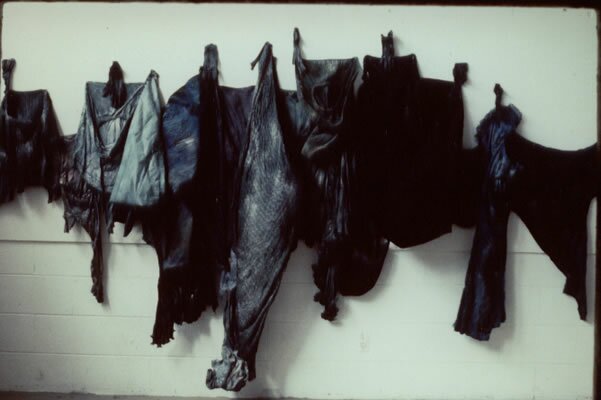
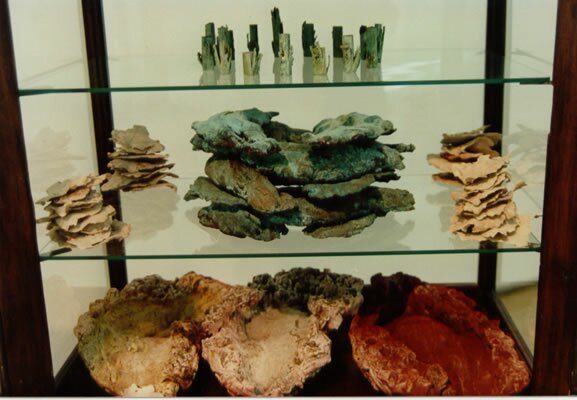
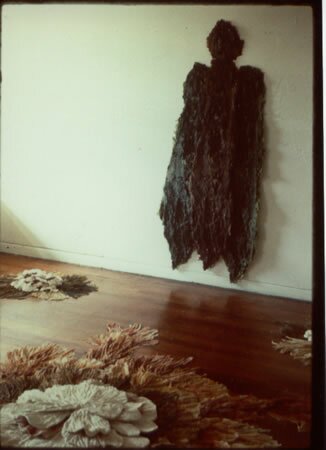

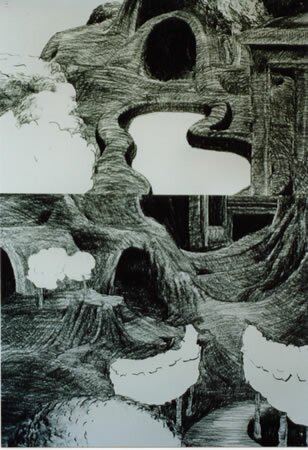
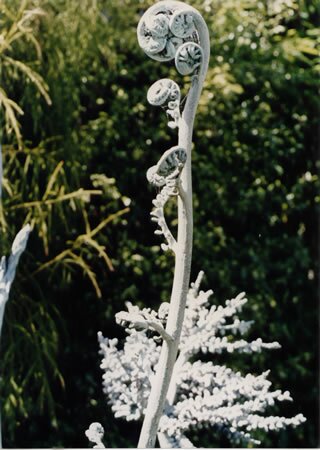
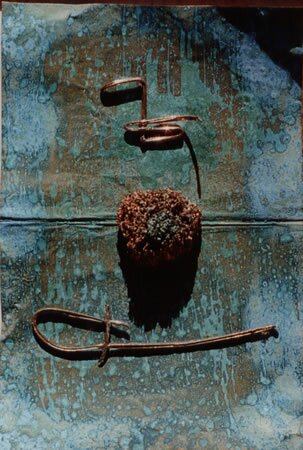
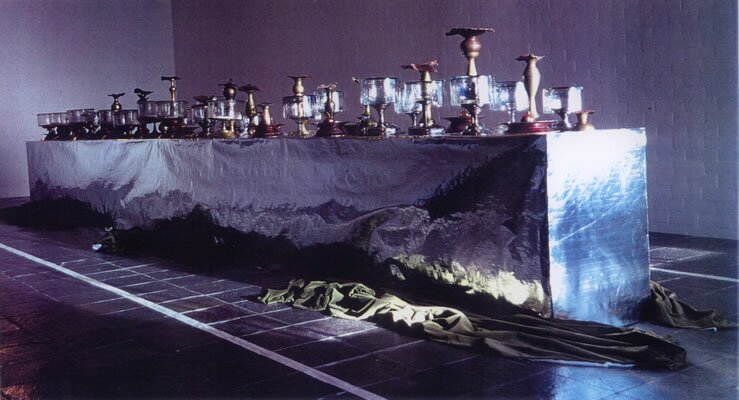


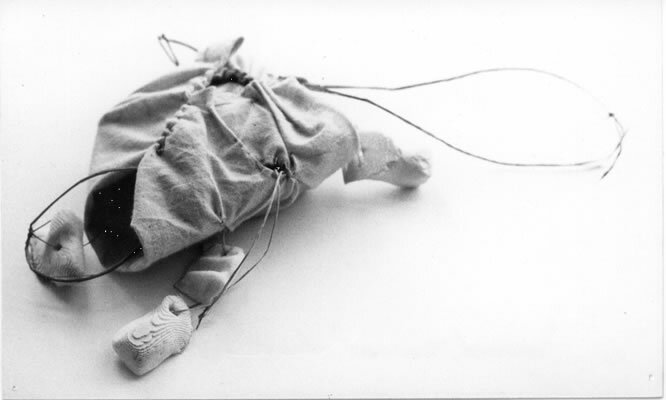
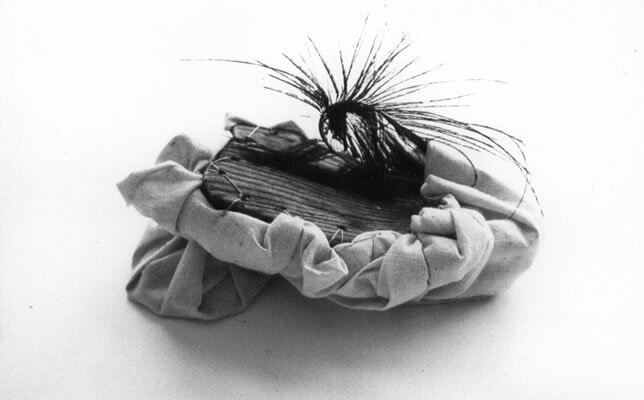
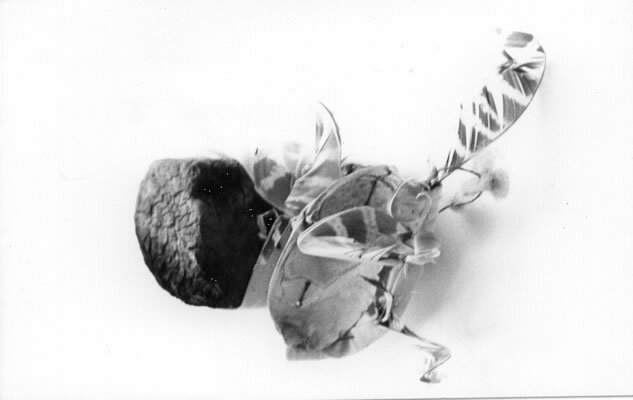

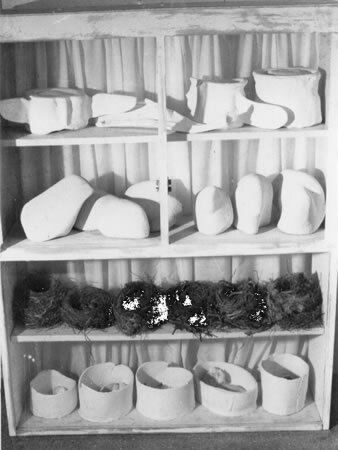

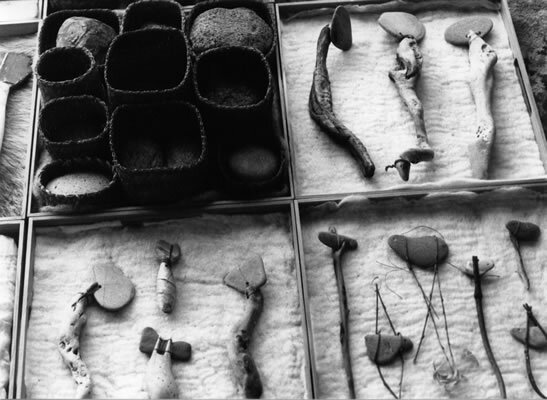
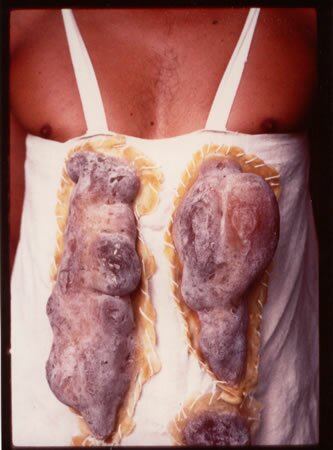
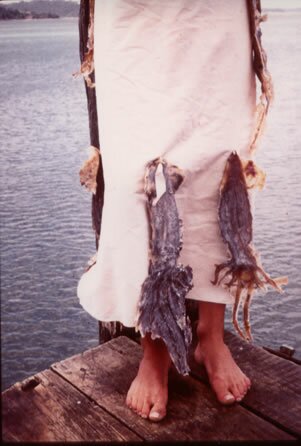
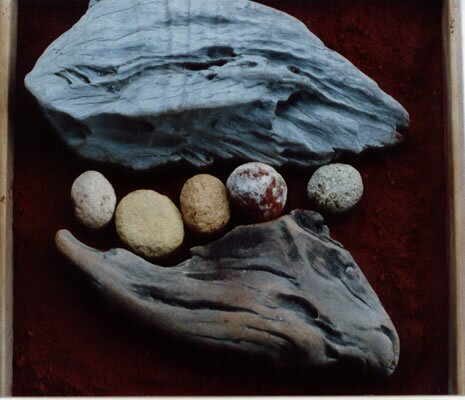
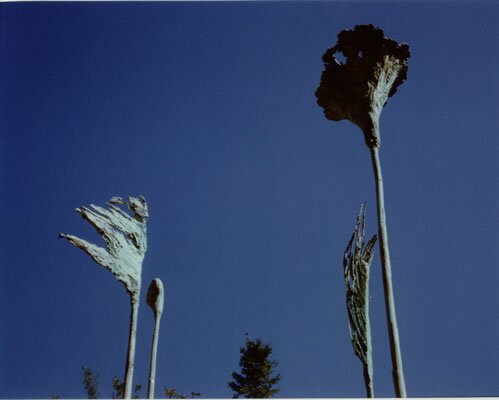
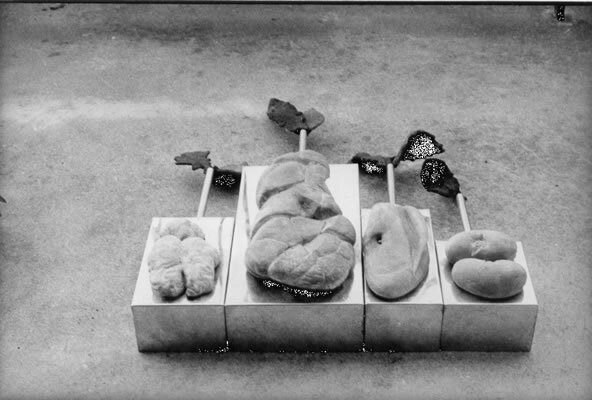
PUBLIC COMMISSIONS
2004 Auckland Domain, ‘Spring’, outdoor stone and bronze
1995 Sky Tower, Auckland, ‘Gift’, indoor bronze
1994 The Speaking Chamber, Parliament Buildings, Wellington, indoor bronze
1994 Alice Wylie Reserve,’Owairaka’, outdoor bronze
1991 Expo 92 N.Z. Pavilion, a ceramic and bronze installation
1988 Olympic Sculpture Park, Seoul, ‘Four Poles’, outdoor bronze
SELECTED BIBLIOGRAPHY
Art New Zealand 155, Spring 2015 Telling Tales, Christine Hellyar, Maureen Lander and Jo Torr at the Turnbull, pages 90-94.
Catalogue: In + Out Group show at TSB Wallace Arts Centre, 2015.
In+Out – 2015 Work from the Outdoor Sculpture 2001 Society Incorporated.
Catalogue: 25th Anniversary Exhibition – Medal Artists of New Zealand, 2015.
Art New Zealand 142, Winter 2012 Interview by Edward Hanfling, pages 30-37.
Art New Zealand 141, Autumn 2012 ‘Warren Viscoe and Christine Hellyar: Transversing in Wood, Bronze and Lead’, Peter Simpson, pages 262-263.
Art Toi, New Zealand Art at Auckland Art Gallery, 2011. Edited by Ron Brownson, Text by Jane Davidson-Ladd, pages 50-53.
New Zealand Art from Cook to Contemporary. Te Papa Press, 2010. Text by Charlotte Huddlestone, page 216.
Beloved, Works from the Dunedin Public Art Gallery, 2009. Text by Justin Paton, page 213.
Contemporary New Zealand Art 3, Elizabeth Caughey & John Gow, David Bateman, 2002.
New Zealand Sculpture, Michael Dunn, Auckland University Press, 2002.
Contemporary New Zealand Sculpture, Priscilla Pitts, David Bateman, 1998.
Another 100 New Zealand Artists, Warwick Brown, Godwit, 1996.
Art New Zealand 75, ‘Feeling Foxed: Art for the environment in Waitakere City’, Paul Judge, 1995.)
Art New Zealand 51, Review by Priscilla Pitts, 1989.
A Women’s Picture Book, Bridie Lonie & Marian Evans, Government Publications, 1988.
N.Z.XI catalogue, Auckland City Art Gallery, 1988.
Art New Zealand 44, ‘New Zealand Artists in Britain’, Lindsey Shaw, 1987.
Art New Zealand 41, ‘A Practical Wardrobe-Notes on Christine Hellyar’s Aprons’, Priscilla Pitts, 1986/87.
New Zealand Women Artists, Anne Kirker, Reed Methuen, 1986.
Women and the Arts in New Zealand, E. Eastmond & M. Penfold, Penguin, 1986.
Content/Context catalogue, National Art Gallery, Wellington, 1986.
Christine Hellyar, Priscilla Pitts, M.A. thesis, Auckland University (1984).
Art New Zealand 21, ‘Making Sense of It: The Found and Structural Art of Greer Twiss, Christine Hellyar and Terry Stringer’, Alistair Paterson, 1981.
Art New Zealand 14, ‘Christine Hellyar: Recent Sculpture and Drawings’, John Tarlton, 1979.

